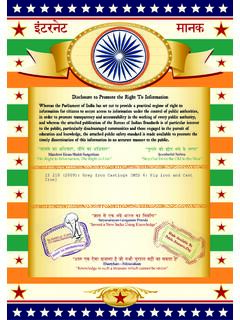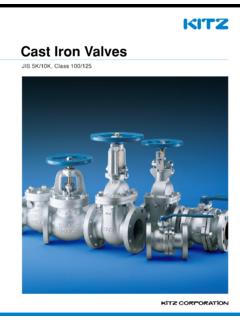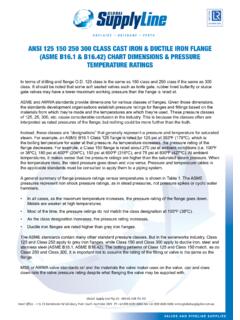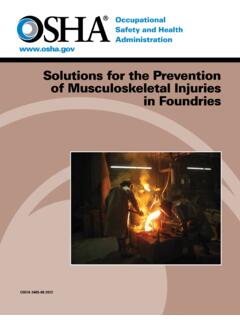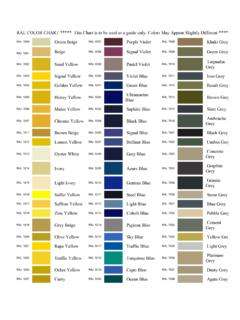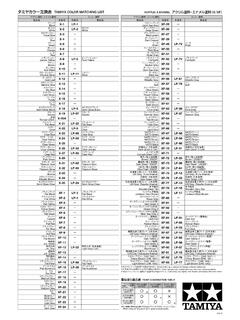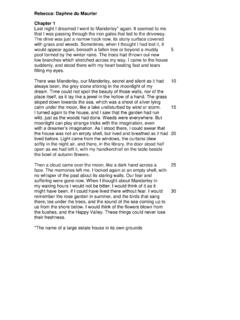Transcription of Poetry Analysis Practice - Weebly
1 Poetry Analysis Practice Learning Targets: I can determine each poem s meaning. I can determine how poetic techniques create or enhance each poem s meaning or subject matter. Directions: Read each of the poems in this packet several times. Annotate each poem as you read: note words or phrases that suggest the poem s theme, note and explain poetic techniques used (use your Poetry Terms handout for ideas), note any connections or reactions you have to each poem. Then, answer the questions that follow each poem (either on this paper or on a separate sheet). Who Burns for the Perfection of Paper --Martin Espada At sixteen, I worked after high school hours at a printing plant that manufactured legal pads: Yellow paper stacked seven feet high 5 and leaning as I slipped cardboard between the pages, then brushed red glue up and down the stack.
2 10 No gloves: fingertips required for the perfection of paper, smoothing the exact rectangle. Sluggish by 9 , the hands would slide along suddenly sharp paper, 15 and gather slits thinner than the crevices of the skin, hidden. Then the glue would sting, hands oozing till both palms burned 20 at the punchclock. Ten years later, in law school, I know that every legal pad was glued with the sting of hidden cuts, that every open lawbook 25 was a pair of hands upturned and burning. Analysis Questions 1. Who is the speaker in this poem? 2. What is the speaker talking about (what is the subject of this poem)? 3. Why does Espada split this poem into two sections (stanzas)? What does that split show? 4. What imagery is present in lines 15 -18? To which of the reader s five senses does this image appeal? 5. Who is the Who in the title?
3 How does the title lead the reader to understand the theme of the poem? 6. What is the theme of the poem (what is its meaning)? I heard a Fly buzz (465) by Emily Dickinson I heard a Fly buzz when I died The Stillness in the Room Was like the Stillness in the Air Between the Heaves of Storm The Eyes around had wrung them dry 5 And Breaths were gathering firm For that last Onset when the King Be witnessed in the Room I willed my Keepsakes Signed away What portions of me be 10 Assignable and then it was There interposed* a Fly With Blue uncertain stumbling Buzz Between the light and me And then the Windows failed and then 15 I could not see to see * interposed = interrupted, intervened 72 Pounds Missing you Eyes of blue Soft spoken Sweet, gentle soul So loving and giving To those in your world Unable to see the worth of yourself.
4 Laughter and tears Couldn t heal your heart Your soul Your mind. With each passing year Pounds shed Until only a shell Remained. A demented process From tragedies past To recapture an image That never existed. Analysis Questions: 1. Mark the meter (scan) the first stanza. What do you predict the rest of the meter of this poem will be? Were you right? 2. Lines 2 and 4 show what type of rhyme? 3. Who is the speaker in this poem? 4. What is happening in lines 1-10? What happens in lines 10-16? 5. What is ironic about what happens to the speaker? 6. What could this poem mean? Write a theme statement. 1. What is this poem about? 2. How does the poem s structure reflect its subject? (Is it a concrete poem?) 3. How does the last line punctuate the poem s meaning? 4. What does the poem s title mean? How is the title haunting? 5.
5 Explain the imagery in the title. 6. What is the tone of this poem? What lines best establish the tone? Poem of the day Phillip Levine The gates are chained, the barbed-wire fencing stands, An iron authority against the snow, And this grey monument to common sense Resists the weather. Fears of idle hands, Of protest, men in league, and of the slow 5 Corrosion of their minds, still charge this fence. Beyond, through broken windows one can see Where the great presses paused between their strokes And thus remain, in air suspended, caught In the sure margin of eternity. 10 The cast- iron wheels have stopped; one counts the spokes Which movement blurred, the struts inertia fought, And estimates the loss of human power, Experienced and slow, the loss of years, The gradual decay of dignity. 15 Men lived within these foundries*, hour by hour; Nothing they forged outlived the rusted gears Which might have served to grind their eulogy.
6 * * foundry= metal factory * eulogy = speech honoring one who has died Analysis Questions: 1. What is this poem about (its subject)? How do you know which lines indicate the poem s subject? 2. What is the tone of this poem? Which words and phrases (diction) best suggests the poem s tone? Why? 3. Identify the end-stopped lines. How does the use of these end-stopped lines serve to create or enhance the meaning of the poem? 4. Identify examples of personification. How does the use of personification add to the tone and meaning of the poem? 5. Write a theme statement for this poem. Courage by Anne Sexton It is in the small things we see it. The child's first step, as awesome as an earthquake. The first time you rode a bike, wallowing up the sidewalk. 5 The first spanking when your heart went on a journey all alone. When they called you crybaby or poor or fatty or crazy and made you into an alien, 10 you drank their acid and concealed it.
7 Later, if you faced the death of bombs and bullets you did not do it with a banner, 15 you did it with only a hat to cover your heart. You did not fondle the weakness inside you though it was there. Your courage was a small coal 20 that you kept swallowing. If your buddy saved you and died himself in so doing, then his courage was not courage, it was love; love as simple as shaving soap. 25 Later, if you have endured a great despair, then you did it alone, getting a transfusion from the fire, picking the scabs off your heart, 30 then wringing it out like a sock. Next, my kinsman, you powdered your sorrow, you gave it a back rub and then you covered it with a blanket and after it had slept a while 35 it woke to the wings of the roses and was transformed. Later, when you face old age and its natural conclusion your courage will still be shown in the little ways, 40 each spring will be a sword you'll sharpen, those you love will live in a fever of love, and you'll bargain with the calendar and at the last moment when death opens the back door 45 you'll put on your carpet slippers and stride out.
8 1. Discuss the different types of courage the speaker examines in each stanza. 2. What is the overall message of this poem? 3. What form of repetition do you notice? How does that repetitive structure enhance the reader s understanding of the poem s meaning? 4. What figure of speech is used in line 20? What two things are being compared? 5. What figure of speech is used in line 25? What two things are being compared? 6. Describe the implied metaphor in line 30. 7. What figure of speech is used in line 33? 8. Find other examples of similes, metaphors, and personification and explain what is being compared. 9. Explain how the use of all figurative language throughout the poem serves to enhance the meaning of the poem. 10. What is the meaning of this poem? Write a theme statement. 11. Can you make any connection between the meaning of this poem and something else we ve read this semester?
9 Explain.
